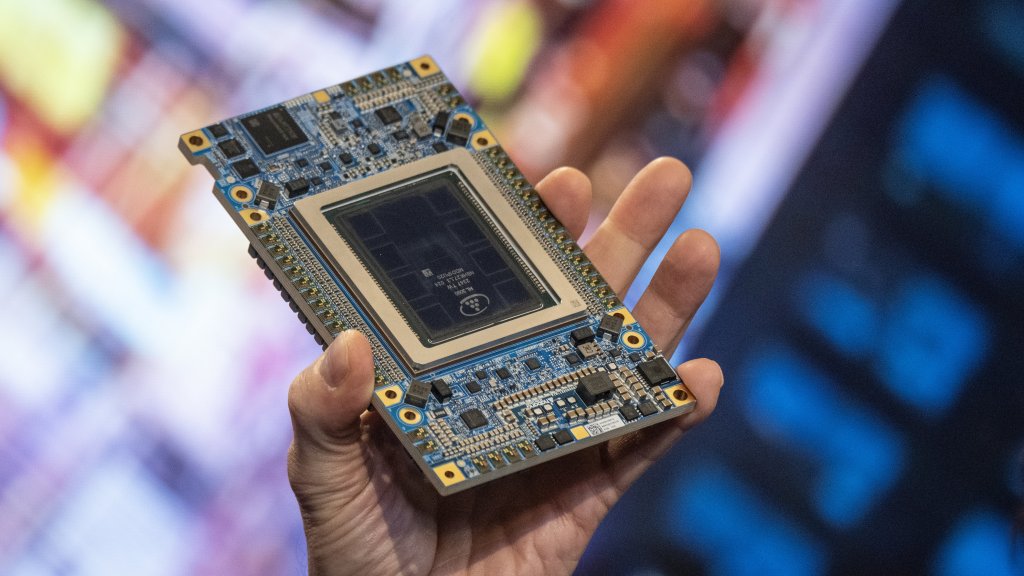Intel Improves Outlook with Data Center Growth
Intel has provided a positive outlook for investors, announcing a forecast for current-quarter revenue that exceeds projections, while also surpassing third-quarter expectations.
Although the chip manufacturer reported a net loss of $16.6 billion, a sharp decline from a net profit of $300 million a year earlier, its stock climbed by 9.6 percent, equating to an increase of $2.05, reaching $23.58 in after-hours trading in New York.
The company anticipates revenues between $13.3 billion and $14.3 billion for the ongoing quarter. The data center sector, which incorporates AI chip sales, saw a 9 percent increase, amounting to $3.3 billion during the latest quarter.
Founded in 1968 in Santa Clara, California, by Robert Noyce and Gordon Moore, Intel has struggled to capitalize on the boom in high-performance AI chips for data centers. This market is primarily led by Nvidia, as businesses increasingly adopt generative AI solutions.
Intel’s Chief Financial Officer, David Zinsner, indicated to Reuters that while the firm is progressing towards profitability, substantial efforts remain to meet its established goals.
As a key player in the personal computer chip sector, Intel has witnessed a revival in demand for PCs, driven by the integration of on-device AI capabilities and a new Windows update cycle, ultimately exceeding the subdued expectations set by Wall Street.
However, revenue from Intel’s client computing division, which includes chips for desktop and laptop computers, experienced a 7 percent decline, falling to $7.3 billion.
Market analysts predict a rise in demand for Intel’s conventional server chips—the backbone of its data center operations—during the latter half of the year, following several periods of weak demand redirected towards AI chip investments.
Intel faces continuous competition in the PC and server CPU market from AMD, which currently holds a greater market valuation and poses a significant challenge to Nvidia in the AI graphics processing domain.
Zinsner also revealed plans for capital expenditures ranging from $12 billion to $14 billion in 2025.
Ryan Detrick, the chief market strategist at Carson Group, observed, “Expectations were quite low for the company, and they managed to exceed those expectations.””




Post Comment